
Ancient Origins
Mythological Significance
Symbolism and Religious Significance
Art and Literature
Culinary Delights
Beyond its symbolic significance, the pomegranate is cherished for its delicious flavor and nutritional benefits. Its juicy seeds add sweetness and tartness to various dishes, from salads and desserts to savory meat and poultry dishes. Pomegranate juice is also prized for its health-promoting properties, rich in antioxidants, vitamins, and minerals.
In conclusion, the history of the pomegranate is a testament to its enduring appeal and cultural significance. From its ancient origins in the cradle of civilization to its prominent place in myth, religion, art, and cuisine, the pomegranate has left an indelible mark on human history. As we continue to appreciate its beauty and flavor, let us remember the rich tapestry of stories and traditions surrounding this extraordinary fruit.
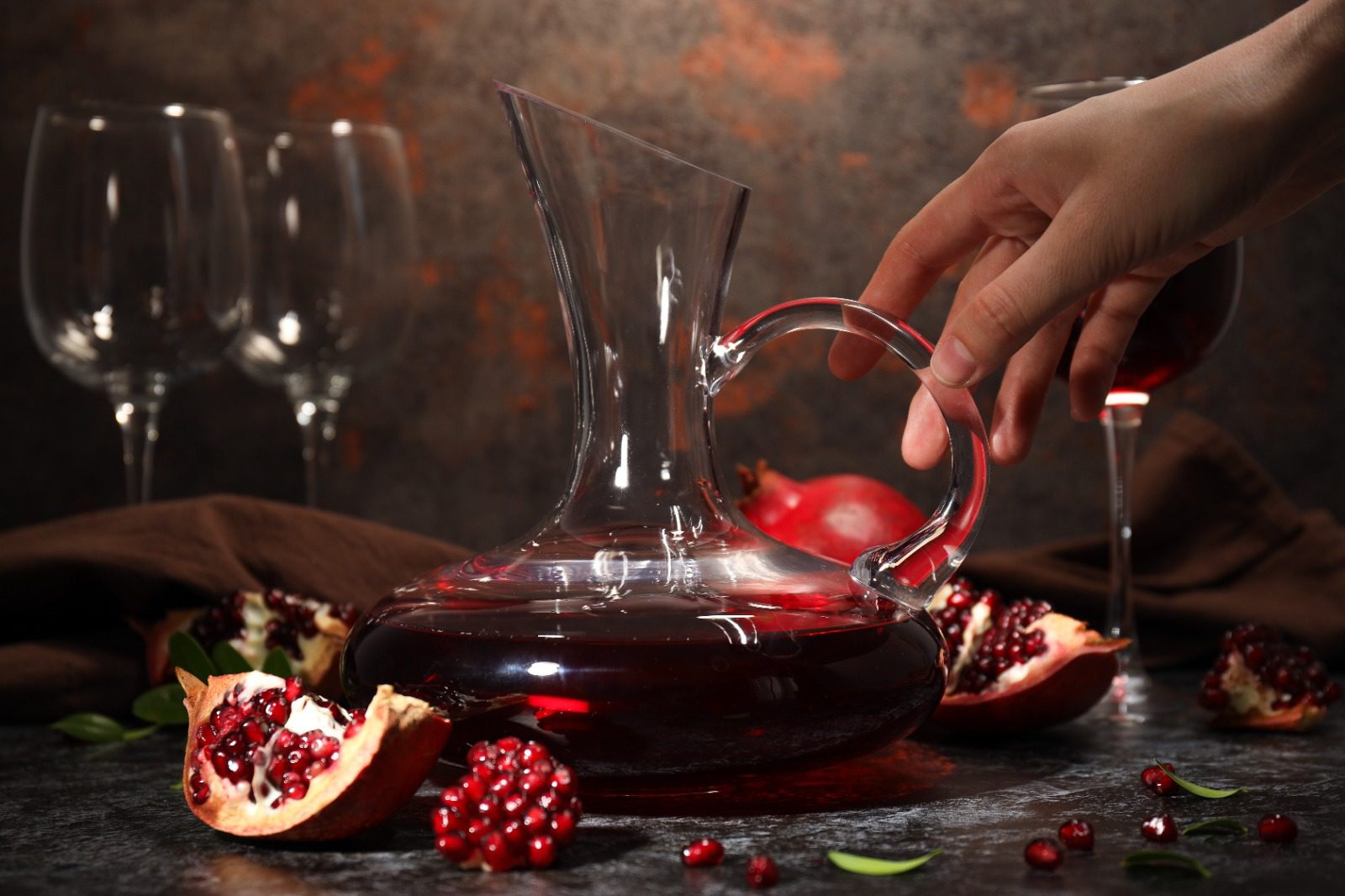


Pomegranate in Ancient Persia: Symbol of Royalty, Fertility, and Eternal Life
Cultivation and Cultivation
Royal Symbolism
Mythological and Religious Significance
Art and Architecture
Culinary Delights
The pomegranate was revered in Persian cuisine for its versatility and culinary appeal. Its juicy seeds added flavor and texture to various dishes, from savory stews and rice pilafs to refreshing salads and decadent desserts. Pomegranate juice was also cherished for its refreshing taste and purported health benefits, being enjoyed on its own or mixed with other ingredients to create refreshing beverages.
In conclusion, the pomegranate’s history in ancient Persia is a testament to its enduring significance and cultural importance. From its cultivation in lush orchards to its art, mythology, and cuisine portrayal, the pomegranate left an indelible mark on Persian society, symbolizing fertility, royalty, and the eternal life cycle. As we marvel at the pomegranate’s beauty and savor its delectable flavor, let us also reflect on the rich heritage and traditions that have shaped our appreciation for this extraordinary fruit.



“
A clean learning space will help facilitate your kids’ learning abilities. Following these methods will certainly help make your kid’s learning space better and cleaner.
Revealing the Health and Beauty Benefits of Pomegranate: Nature's Secret Elixir
Nutritional Powerhouse
Heart Health
Anti-inflammatory Properties
Skin Rejuvenation
Hair Health
Weight Management
Pomegranates are low in calories and high in fiber, making them an excellent addition to a weight management plan. The high fiber content helps promote feelings of fullness and satiety, reducing cravings and overeating. Additionally, pomegranates contain compounds that may help boost metabolism and aid in fat loss, making them a valuable ally in achieving and maintaining a healthy weight.
The pomegranate offers a treasure trove of health and beauty benefits, from promoting heart health and reducing inflammation to rejuvenating skin and nourishing hair. Pomegranate remains a timeless symbol of vitality, radiance, and well-being, whether enjoyed as a delicious snack, incorporated into meals or applied topically in skincare and haircare products. Embrace the power of this ancient fruit and unlock its secrets to a healthier, more beautiful you.
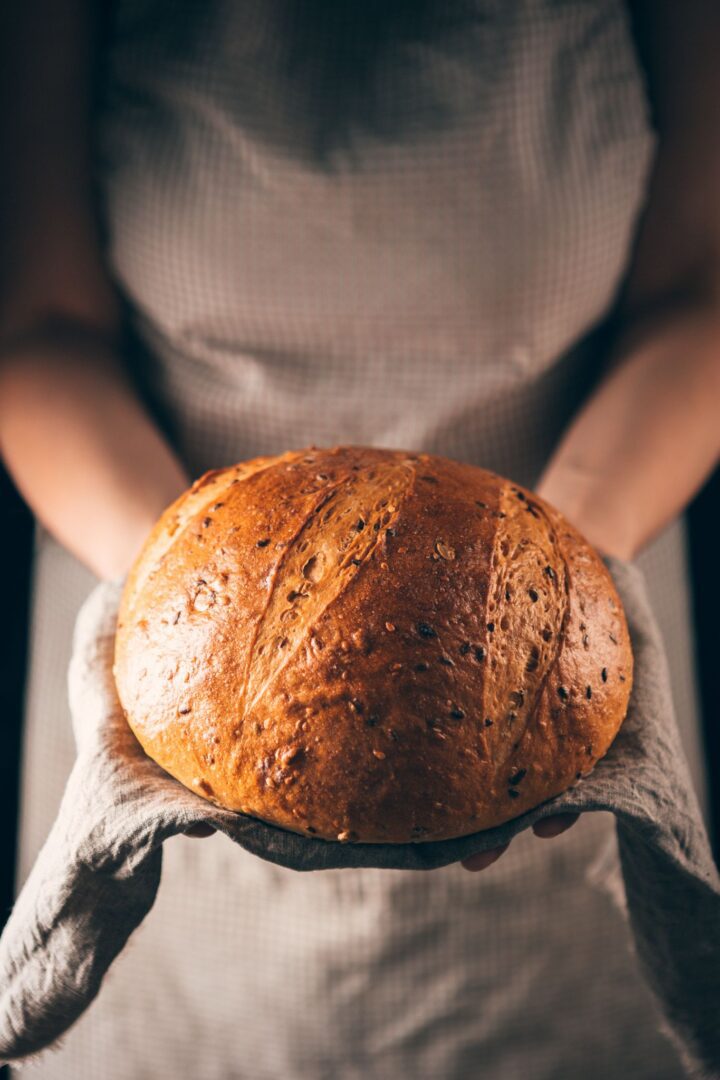


Pomegranate Paradise: Elevate Your Culinary Creations with Delicious Recipes
1. Pomegranate and Feta Salad
Ingredients:
- Mixed greens (spinach, arugula, or your choice)
- Pomegranate seeds
- Crumbled feta cheese
- Sliced cucumber
- Toasted walnuts
- Balsamic vinaigrette
1. In a large bowl, toss the mixed greens, pomegranate seeds, crumbled feta cheese, sliced cucumber, and toasted walnuts.
2. Drizzle with balsamic vinaigrette and toss to coat evenly.
3. Serve immediately as a refreshing and nutritious salad.
2. Pomegranate Glazed Salmon
Ingredients:
- Salmon fillets
- Pomegranate juice
- Honey
- Soy sauce
- Minced garlic
- Olive oil
- Salt and pepper
1. Combine pomegranate juice, honey, soy sauce, and minced garlic in a small saucepan. Simmer over medium heat until the sauce thickens slightly.
2. Season the salmon fillets with salt and pepper.
3. Heat olive oil in a skillet over medium-high heat. Add the salmon fillets and cook on each side for 3-4 minutes or until cooked.
4. Brush the salmon fillets with the pomegranate glaze and cook for an additional minute on each side.
5. If you’d like, please serve the salmon hot, garnished with additional pomegranate seeds and fresh herbs.
3. Pomegranate and Goat Cheese Crostini
Ingredients:
- Baguette, sliced
- Goat cheese
- Pomegranate seeds
- Honey
- Fresh thyme leaves
Instructions:
1. Preheat the oven to 375°F (190°C).
2. Place the baguette slices on a baking sheet and toast them in the oven for 5-7 minutes or until golden brown.
3. Spread goat cheese on each toasted baguette slice.
4. Top with pomegranate seeds and drizzle with honey.
5. Garnish with fresh thyme leaves and serve as a delicious appetizer or snack.


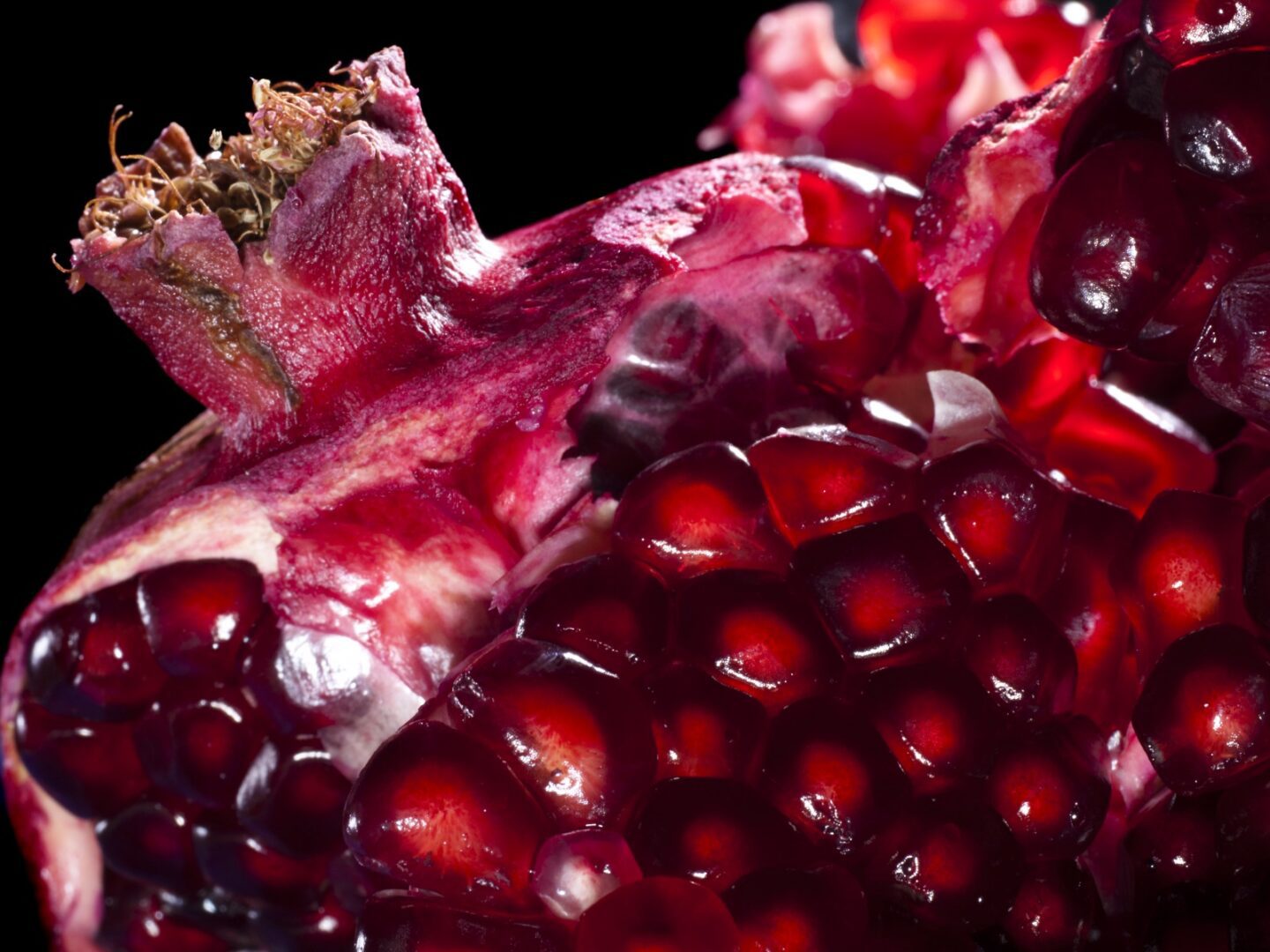
Persian Culinary Delight: Pomegranate-Inspired Recipes from the Heart of Iran
1. Fesenjan (Pomegranate Walnut Stew)
Ingredients:
- 2 pounds chicken or duck pieces
- 2 cups ground walnuts
- 1 cup pomegranate molasses
- 1 onion, finely chopped
- 2 tablespoons vegetable oil
- 1 teaspoon ground cinnamon
- 1/2 teaspoon ground turmeric
- Salt and pepper to taste
- Pomegranate seeds for garnish
1. Heat vegetable oil in a large pot over medium heat. Add chopped onion and sauté until golden brown.
2. Add chicken or duck pieces to the pot and brown on all sides.
3. Stir in ground walnuts, pomegranate molasses, cinnamon, turmeric, salt, and pepper.
4. Pour enough water to cover the chicken or duck pieces, reduce heat to low, and simmer for 1-1.5 hours until the meat is tender and the sauce has thickened.
5. Serve hot, garnished with pomegranate seeds, alongside rice or Persian flatbread.
2. Salad-e Shirazi (Persian Cucumber and Tomato Salad)
Ingredients:
- 2 cucumbers, diced
- 2 tomatoes, diced
- 1/2 red onion, finely chopped
- 1/4 cup fresh mint leaves, chopped
- 2 tablespoons pomegranate seeds
- Juice of 1 lemon
- 2 tablespoons olive oil
- Salt and pepper to taste
1. Combine diced cucumbers, tomatoes, chopped red onion, and fresh mint leaves in a large bowl.
2. whisk together lemon juice, olive oil, salt, and pepper in a small bowl to make the dressing.
3. Pour the dressing over the salad and toss to coat evenly.
4. Sprinkle pomegranate seeds on top and serve chilled as a refreshing side dish.
3. Shirin Polow (Persian Sweet Rice with Pomegranate)
Ingredients:
- 2 cups Basmati rice, rinsed and soaked
- 1/2 cup sugar
- 1/4 cup butter
- 1/2 cup pomegranate seeds
- 1/4 cup slivered almonds or pistachios
- 1/4 teaspoon ground saffron dissolved in 2 tablespoons hot water
Instructions:
1. Cook the Basmati rice in a large pot of boiling salted water until al dente. Drain and set aside.
2. In a separate pot, melt butter over low heat. Stir in sugar until dissolved and caramelized.
3. Add the cooked rice to the caramelized sugar and mix well.
4. Layer the rice mixture with pomegranate seeds and slivered almonds or pistachios in a serving dish.
5. Drizzle the saffron water over the rice and cover with a lid. Let it steam for 10-15 minutes.
6. Fluff the rice with a fork before serving. Enjoy this sweet and aromatic dish as a delightful ending to your Persian meal.
With these authentic Persian recipes infused with the tantalizing flavors of pomegranate, you can embark on a culinary adventure through the heart of Iran. Whether you’re indulging in the rich and savory Fesenjan, savoring the refreshing Salad-e Shirazi, or delighting in the sweet aroma of Shirin Polow, the pomegranate adds a touch of elegance and sophistication to every dish. So gather your ingredients, channel your inner Persian chef, and treat yourself to a feast fit for royalty. Bon appétit!
Conclusion



Article Source: momblogsociety.com
Products: homesnugs.com
Recommended from Shop
A clean learning space will help facilitate your kids’ learning abilities. Following these methods will certainly help make your kid’s learning space better and cleaner.
Next Articles

Exploring the Nuances of Bioengineering: Balancing Promise with Peril
Bioengineering, a field of immense potential and unprecedented challenges, is a testament to the awe-inspiring power of science and technology.

Lavender, Nature’s Timeless Treasure; Exploring the Benefits of Lavender
Lavender, scientifically known as Lavandula, is a Lamiaceae family herb, including mint, sage, and rosemary.

Harnessing the Power of Sage: Exploring Its Benefits Beyond the Culinary Realm
Sage, a plant steeped in a rich history spanning centuries, is a culinary herb and a versatile botanical treasure.

The Ancient Marvel: Exploring the Fascinating History and Origins of Chia Seeds and A Nutritional Marvel
Chia seeds, the tiny nutritional powerhouses that have taken the modern health food scene by storm, have a rich history that spans centuries.
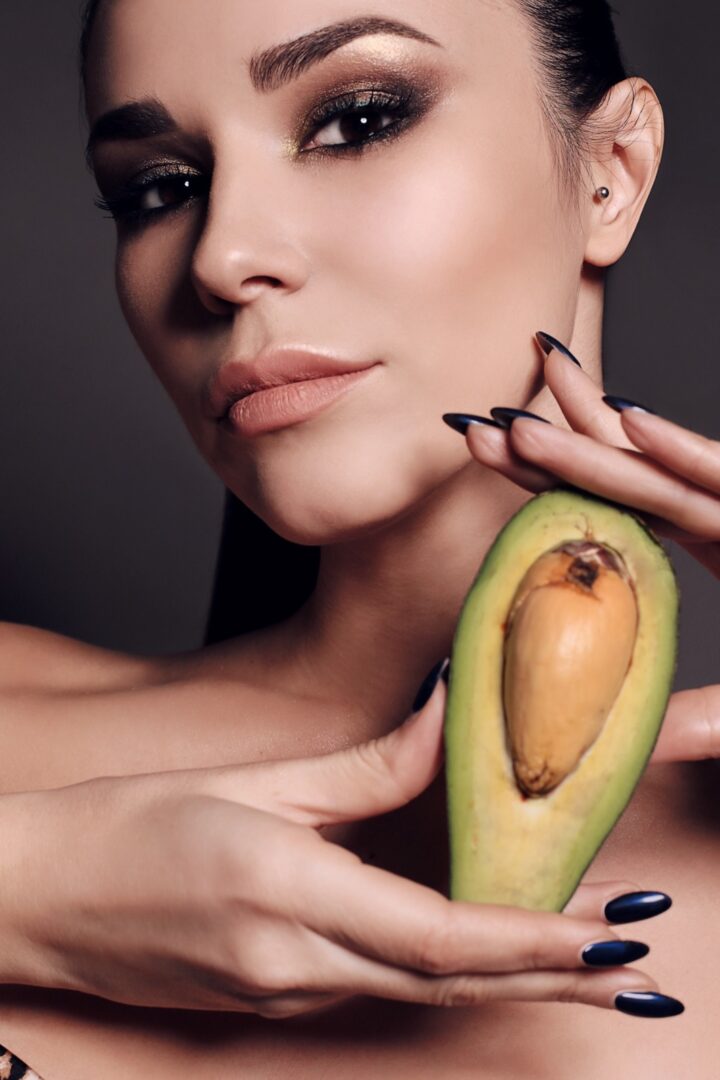
From Ancient Origins to Modern Superfood: A Fascinating Journey through the History of Avocado
Avocado, the beloved green fruit that has captured the hearts and taste buds of millions worldwide, boasts a rich and storied history that spans millennia.
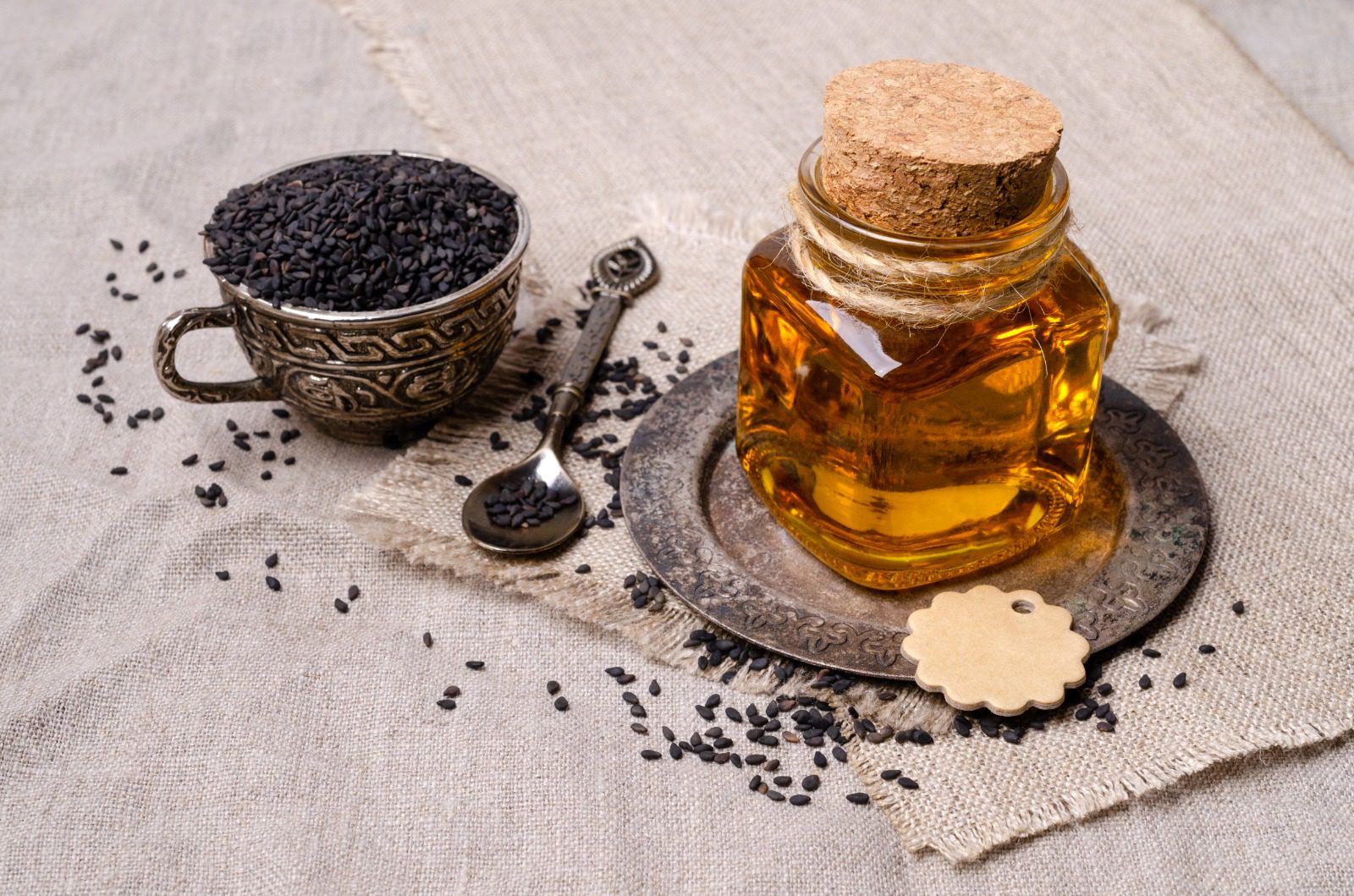
Unveiling the Mystique of Black Seed: A Journey through History, use, and Origins
In natural remedies, few things hold as much mystique and historical significance as the black seed.
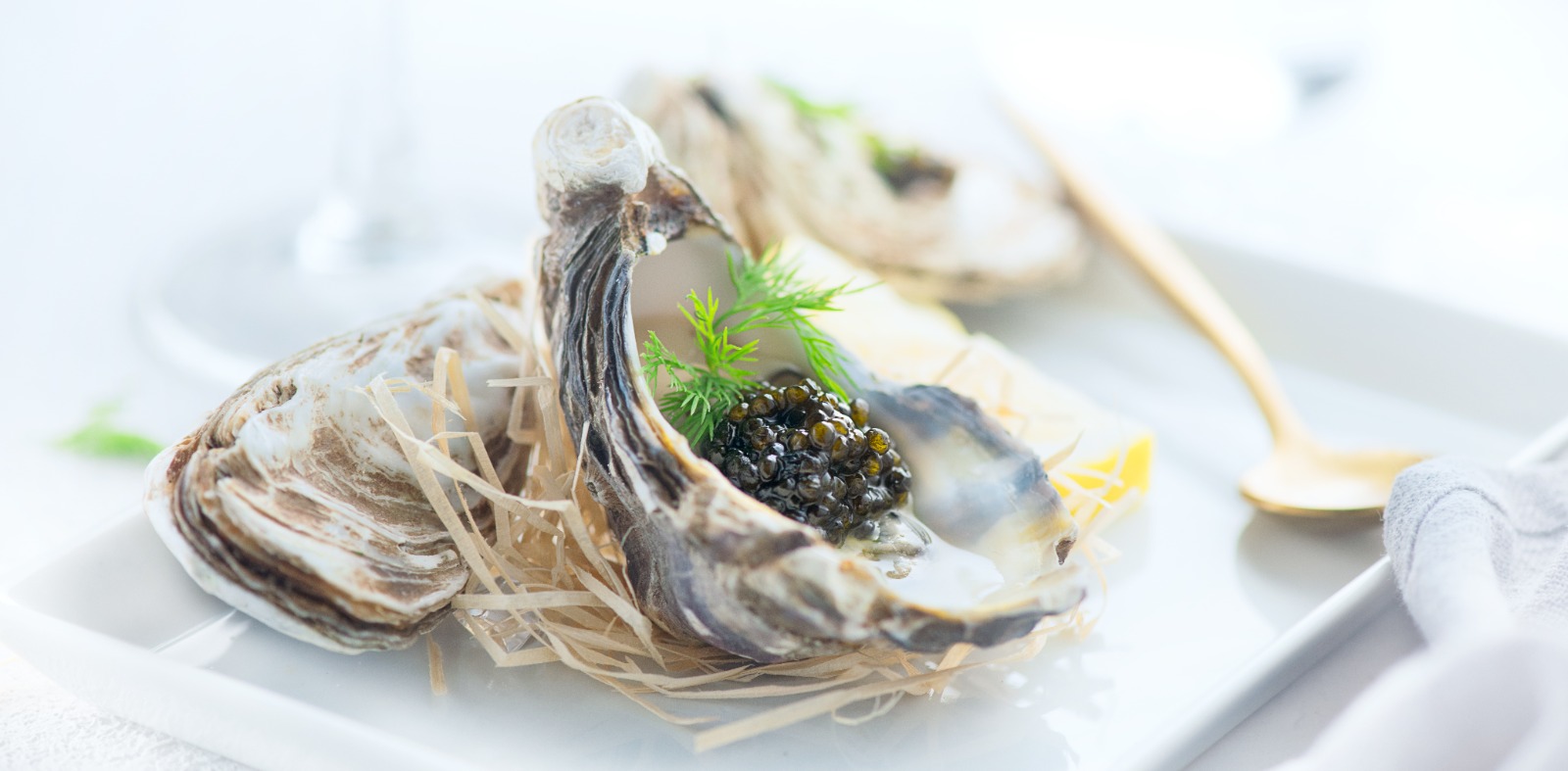
From Aphrodisiacs to Culinary Delicacies: The Fascinating History and Origin of Eating Oysters
Oysters, those briny bivalves cherished by epicureans worldwide, boast a history as rich and flavorful as their taste.

Unveiling the Power of Intermittent Fasting: A Path to Health and Vitality
In a world where fad diets come and go like seasonal trends, intermittent fasting is a time-tested approach to weight management and overall health optimization.
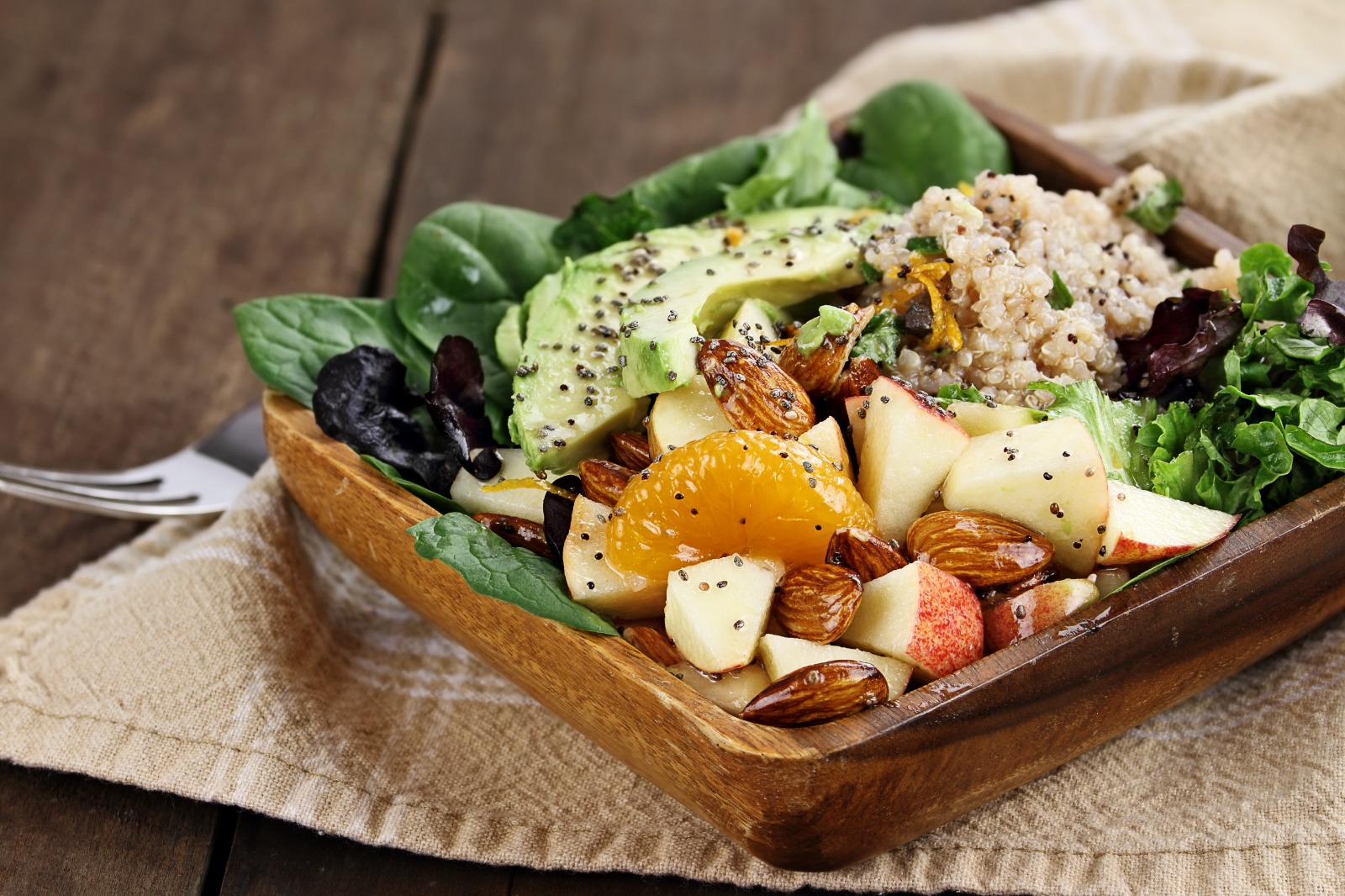
Unlocking the Potential of Keto: A Comprehensive Guide
In health and wellness, diets come and go like the changing seasons. But amidst the flurry of trends, one dietary approach has stood the test of time and science:
instagram:
Error: No feed found.
Please go to the Instagram Feed settings page to create a feed.


Thanks so much for the tips both in the blog and on your YouTube channel. As a new Interior Design student, I find them to be incredibly helpful, interesting, and inspirational. Keep up the great work!
Great tips! I’ve just discovered your Youtube channel, and I love it!
Thanks for sharing your content and the day and life of a designer.
I love reading your blogs and watching your video. I am really impressed by the way you are doing business and I am just inspired by it!